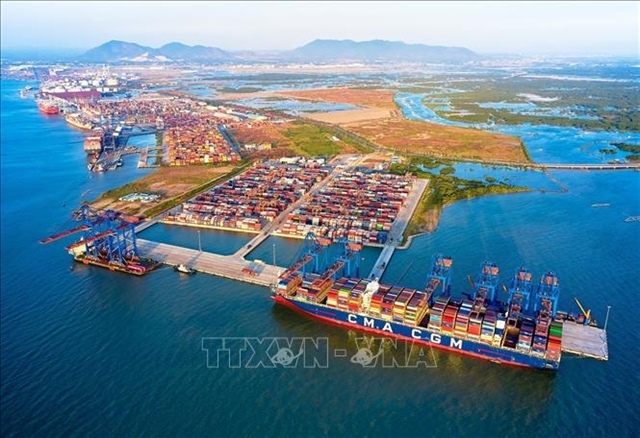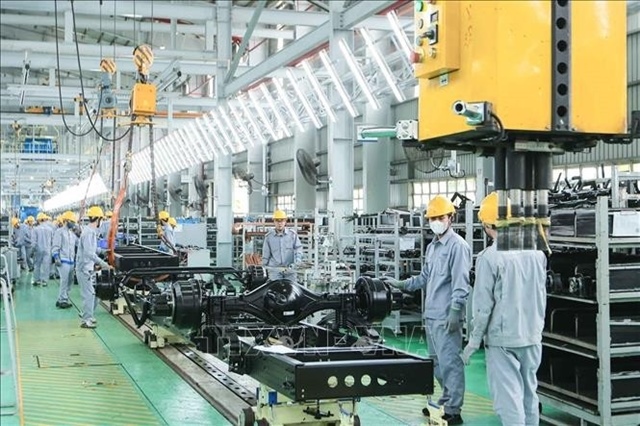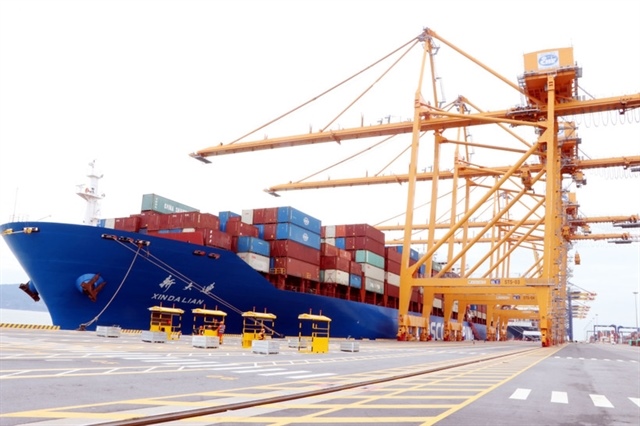Expo trio to promote localisation in Vietnamese supporting industries
Expo trio to promote localisation in Vietnamese supporting industries
The 7th Vietnam-Japan Supporting Industries Exhibition, Industrial Components & Subcontracting Vietnam 2017, and NEPCON Vietnam 2017, with the shared mission to offer business opportunities and increase the localisation index for the electronic industry and supporting industries in Vietnam, will be held on September 13-15 in Hanoi.
This trio of exhibitions will triple business opportunities and increase the localisation index for the electronic industry in Vietnam by featuring over 200 leading brands from 20 countries and seven international pavilions from leading technology countries such as Japan, Korea, China, Singapore, and Taiwan.
At the press conference, Suttisak Wilanan, deputy managing director of Reed Tradex, the organiser of NEPCON Vietnam (NEV) 2017, shared his belief in Vietnam’s capability and potential, pointing out, “At the beginning of 2015, Vietnam was the 12th largest electronics exporter in the world and the third largest in the ASEAN, but at this rate, it is expected to climb the list very quickly. In fact, Vietnam has already surpassed the goal of $40 billion in electronic exports it set for by 2017.”
Chairman of the Vietnam Electronic Industries Association (VEIA) Luu Hoang Long also held positive views, but also mentioned the challenges in front of the electronic industry. “With its geographic advantage as the centre of the ASEAN and the bridge between Indochina and the world, Vietnam is becoming a fascinating new manufacturing centre with educated labour force and lower wages than in most countries in Indonesia and only one half of Thailand.”
He added “In recent years, the export of mobile phones and phone components always held the highest ratio among all export products of Vietnam and made significant contribution to Vietnam’s trade balance and reduced trade deficit. Nonetheless, despite the fact that the total export value of mobile phones and components was $34.3 billion in 2016, foreign invested enterprises controlled 99.8 per cent, worth $34.2 billion.”
Suttisak Wilanan underlined the need of enhancing localisation in the integration process. “As a member of the World Trade Organisation, Vietnam is also a participant in the Information Technology Agreement (ITA) and has a potential to better take advantage of its expansion. For this, the country needs to raise productivity, move up the value chain, and increase localisation. Currently, foreign enterprises represent one-third of the Vietnamese electronics industry, but they accounted for 90 per cent of the nation’s total electronic export turnover and hold 80 per cent of the local market.”
As the co-organiser of the 7th Vietnam-Japan Supporting Industries Exhibition, Hironobu Kitagawa, chief representative of JETRO in Hanoi, also talked about how the low localisation rate of raw materials, materials, and components production is inhibiting Vietnam’s growth.
“The localisation rate of raw materials, components of Japanese enterprises in Vietnam is very low, only 34 per cent, while it is 68 per cent in China and 57 per cent in Thailand. Therefore, businesses are forced to import from neighbouring countries, such as Thailand and China. This is causes increased costs and risks for businesses,” he said.
Moreover, Vietnam is in the competitive world, where it needs to raise capabilities and complete a full supporting industry chain, Long added. “India has been Vietnam’s biggest competitor in attracting foreign investment, since it applies two-level incentives from both the government and the municipal states. With the advantage of low wages and a high-tech industry, India still holds the position of the Silicon Valley of Asia.”
At the event, Bui Huy Son, general director of the Vietnam Trade Promotion Agency, pointed out, “In the process of industrialisation and modernisation, supporting industries play a very important role, creating the basis for development and growth of a highly competitive and sustainable industry.”
Wilanan also proudly shared that the government has strongly fortified supporting industries in the production chain. “The government has a 10-year plan to assist firms in the supply sector in their research and development, technology transfer and renewal, as well as in human resources training to enable them to better participate in the global production chain and promote foreign direct investment in the industry.”
At NEV17, Reed Tradex has entered into a collaboration with JETRO in Hanoi to boost the development of supporting industries in Vietnam in order to complete the full production chain for the electronics manufacturing industry, as well as create a commercial connection framework between Vietnamese suppliers and Japanese buyers.
Together, all parties strongly promote the concept of “localisation fortifying supporting industries” during the exhibitions. Therefore, visitors this year will get to visit three exhibitions under one roof and access the benefits to develop complete production lines as well as receive more business in the electronics manufacturing and supporting industries.
In addition to technology, organiser Reed Tradex are partnering up with VEIA to prepare the content, activities, and education programme that will inspire and enhance knowledge and industry networks.






















